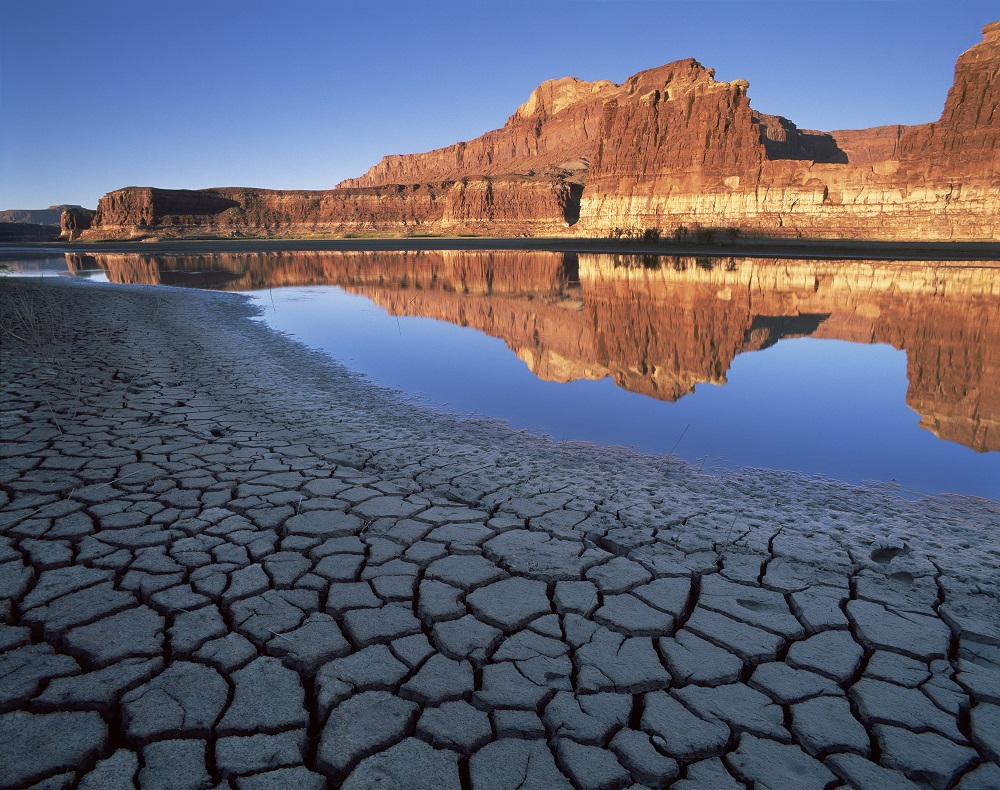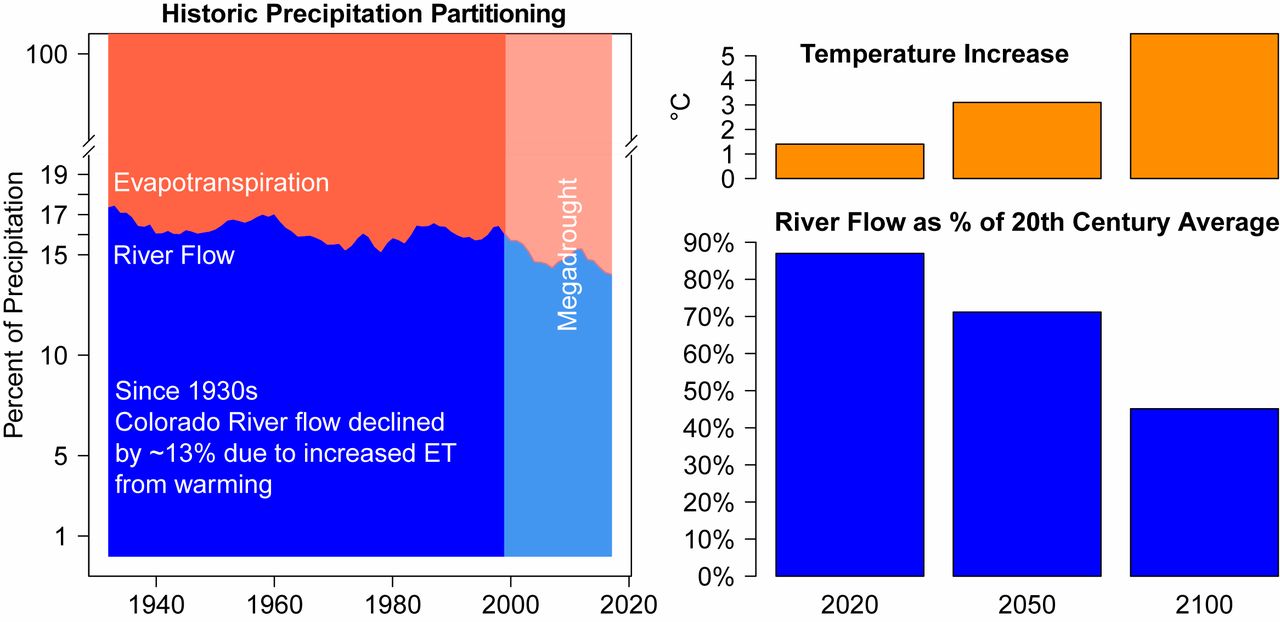
glen canyon instituteDedicated to the restoration of Glen Canyon and a free flowing Colorado River.
GCI
Lake Powell Pipeline
Learn more about this costly and wasteful project.
Lake Powell Pipeline Background
Since 2006, when the Utah Legislature passed the Lake Powell Pipeline Development act, the state has been pushing forward to tap 86,000 acre-feet of Colorado River water and pump it across 140 miles of desert to Washington County, which has one of the worst records on water waste in the West. The Lake Powell Pipeline (LPP) would be the largest new diversion of the Colorado River, where demand has outstripped supply for almost two decades.
The Utah Division of Water Resources (DWR) and Washington County Water District (WCWD) have long claimed the water will be needed for the booming growth in Southwest Utah, but the $2-3 billion dollar price tag will be so large that economists predict the project could never be paid back.
Glen Canyon Institute has long opposed this costly and wasteful project, as it would further stress an already-depleted Colorado River. Washington County is one of the most wasteful counties in the country, using almost THREE TIMES the water that Phoenix uses. At a time when many states in the Colorado River Basin are working to reduce their dependence on the river, Utah is actually working to increase its dependence on the system.
This project has been a boondoggle from the beginning. The recently released Draft EIS is the second EIS for the project, after the first EIS was dropped by the Federal Energy Regulatory Commission. The DWR and WCWD originally tried to permit the project as a electrical power project, hoping to streamline the regulatory process. In addition, the project was originally meant to provide water to Kane and Iron counties, who claimed their future would be imperiled without additional water sources. They have since announced they don’t actually need the water. Now after 14 years, and $35 million taxpayer dollars spent, the LPP is in its next phase.
In the beginning of September, 2020 the LPP’s DEIS public comment period ended. GCI issued a formal notice of complaint against the alternatives listed in the EIS. More action will be needed! Please check back frequently to see if a new comment period is open.
Killing the Colorado

The Colorado River has long been over-allocated, over used, and hasn’t naturally flowed to the ocean in 20 years. The lower basin states of California, Arizona, and Nevada have fully tapped their legal allotment of the river, whereas the upper basin states of Utah, Colorado, Wyoming, and New Mexico, only use a portion of their legal allotment. While the upper basin states still have “paper water” that could technically be used, it doesn’t actually exist in the river. If all the upper basin states used their full allotments, the Colorado River would be completely dry.
Even with upper Basin states not using their full allotment, a supply and demand imbalance on the river has caused a water storage deficit on the system, bringing the combined water stored in its 2 largest reservoirs, Lakes Powell and Mead, down to its lowest point since Powell began filling in the 1960’s.
80% of the river comes from seasonal snowmelt runoff, which is being acutely affected by a warming climate. Right now, the states, tribes, and stakeholders of the Colorado River Basin are negotiating a new drought operating criteria, dubbed the “Interim Guidelines 2.0” to deal with the aforementioned supply and demand deficit. In the years leading to that agreement being finalized in 2027, the states have passed Drought Contingency plans, where lower basin states are volunteering to reduce their consumption to stave off impending shortage on the system. Click here to see how states are managing the water crisis.
The reality is that there is not enough water in the Colorado River for a new diversion, and by the time the Lake Powell Pipeline aims to pump its capacity of water to Washington County in the decades to come, the water won’t be available.
Climate Change and the Colorado River
How the Lake Powell Pipeline is ignoring the science

For years, scientists have been studying the impact climate change is having on the Colorado River: they all conclude that warming in the basin is significantly reducing runoff, with recent groundbreaking studies telling us the water shortage is only just beginning. One prominent study from Brad Udall and Jonathan Overpeck showed that climate change has already depleted the Colorado River’s flows by about 20%, and that we could expect it to further diminish another 30% by mid-century.
A report from Stanford released this year shows that we are now experiencing an era of drought worse than any in the past 500 years, again, supercharged by a warming climate. Despite a healthy snowfall in the basin in 2020, a warm, dry spring cut the inflow forecast to Lake Powell to just 55% of average.
Click here to see the recent statistics on the climate’s relation to runoff.
The data is clear: the Colorado River will provide less water in the future, not more.
Promoting Water Waste

At a time when other states are taking serious measures to grapple with the Colorado River water deficit, Washington County is still one of the most wasteful counties in the West. This graph from Lake-Powell-Pipeline.org shows that WCWD’s water use is almost triple that of Phoenix, and twice the national average. With modern conservation measures, WCWD could easily continue a sustainable growth path without the pipeline.
To learn more about water waste in southwest Utah, and how local officials are inflating future demands, please visit www.Lake-Powell-Pipeline.org.
An Extreme Price Tag
While pipeline proponents claim the project cost would be $1.2-1.8 billion dollars, a financial audit from the Utah legislature estimated it could cost more than 2.4 billion dollars.
An analysis performed by 22 economists from Universities across Utah found the project would require a 500% rate increase on residents of Washington County—a rate that would discourage use to the point that the water wouldn’t even be needed.
The Native American Perspective
The pipeline disregards the wants of the Southern Paiute
The region the pipeline would disturb is the ancestral homeland of the Southern Paiute people. In digging the alignment for the route, it would fragment their connection to the landscape as well as potentially desecrate gravesites of their ancestors. This is a very serious concern and one that for the past many years has been widely disregarded by pipeline advocates.
Please click here to read more about the impact to the Paiute.
“These are the lands of Creation where the Southern Paiute people were placed in mutual relationships with the world around them,” the tribe wrote, “and given a birthright responsibility to use appropriately the natural resources and protect them and themselves from harm.”